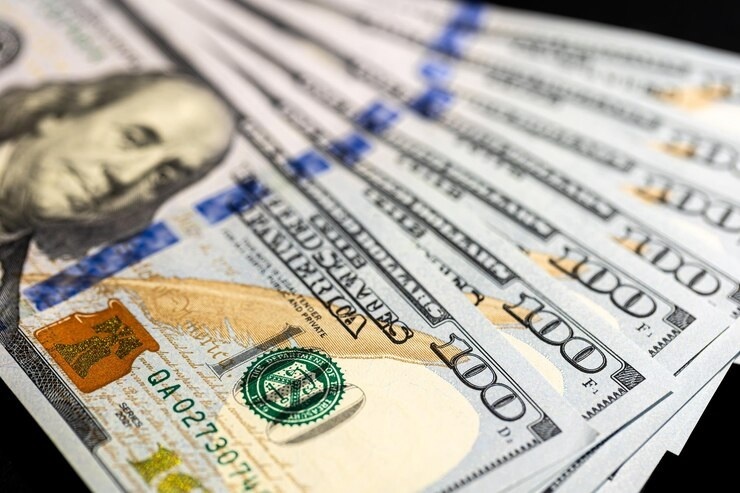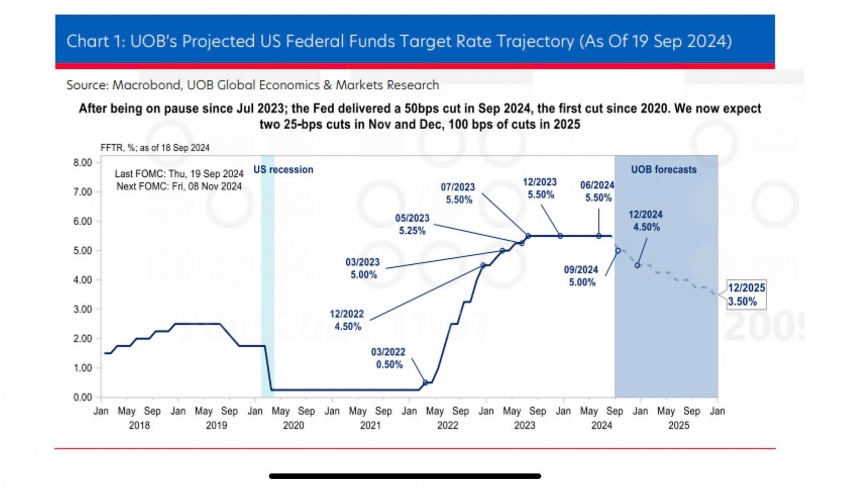Likely Fed rate cuts to impact exchange rates and asset class
Likely Fed rate cuts to impact exchange rates and asset class
Although gold prices may rise with expected interest rate cuts by the US Federal Reserve, Vietnamese investors are unlikely to benefit from any uptick in the precious metal due to a lack of support from exchange rates and unique liquidity factors.

The US Federal Reserve’s next meeting will take place on September 18, with expectations surrounding a potential rate cut following a prolonged period of high interest rates.
The decision could have varying effects on international financial markets, and according to economists and investment experts, its impact on Vietnam is expected to influence multiple asset classes.
Theoretically, a Fed rate cut could support gold prices, as the expectation is that more liquidity will be injected into the market. However, experts caution that interpreting a rate cut as the onset of an era of cheap money is inaccurate as the current Fed’s rate stands at 5-5.5 per cent, still significantly higher than the neutral rate.
Speaking at a talk show hosted by Vietnam Investment Review on September 13, Duong Kim Anh, investment director of Vietcombank Fund Management, suggested that there is a relatively high probability of the Fed cutting interest rates in September, which will have a great impact on exchange rates and funding assets.
“In recent times, global gold prices have surged due to several factors, notably some central banks around the world accelerating gold purchases and restructuring their reserve portfolios, which has led to an increased supply and, consequently, skyrocketing prices. However, whether these central banks will continue to purchase more gold in the near future is still uncertain,” Anh said.
“The future direction of gold prices will depend not only on the cost of capital and investor portfolio composition, but also on the actions of central banks in restructuring their reserves. This makes gold a highly volatile and unpredictable investment,” Anh added.
From an advisory perspective, Nguyen Minh Tuan, CEO of AFA Capital and co-founder of the Vietnam Wealth Advisors Association, stated that at the beginning of the year, AFA Capital recommended increasing the allocation to gold. However, as of June, the firm had halted further increases in gold.
“We assess that the marginal benefit of rising gold prices no longer compensates for the risks of a potential price drop. In September, we will reduce our gold allocation,” Tuan said.
One key reason behind the rise in gold prices over recent months is the exchange rate, which impacts Vietnam’s gold imports.
“Since the beginning of the year, gold prices have risen by 5 per cent when factoring in exchange rate fluctuations, in addition to the global gold price increases. This explains the strong rise in domestic gold prices. Investors in Vietnam must also be mindful of the liquidity of gold,” added Tuan.
In investment services, gold is not considered a growth asset, meaning it does not perform well in a strong economic cycle, but its defensive qualities are more pronounced.
“Currently, in Vietnam, gold is no longer supported by exchange rate factors. On the contrary, in recent months, exchange rate pressures have eased, global gold prices have declined, and the State Bank of Vietnam’s gold market management measures have made the domestic gold market less attractive. This makes it harder for people to profit from gold,” explained Tuan.
Phan Dung Khanh, investment advisor at Maybank Investment Bank, advised interested parties to be cautious with gold.
“Global gold prices are currently at historic highs and may continue to rise. In my opinion, gold prices could surpass their previous highs in the near future, but the chances of a significant surge, yielding substantial profits, or breaking through $3,000 per ounce this year are slim,” Khanh said.
“In fact, despite breaking records in the first half of the year, the pace of gold’s increase has slowed over the past two months. There is a possibility that by the time the Fed cuts rates, gold prices will have already approached their historical peak, making further significant gains unlikely,” Khanh added.
“Although central banks are aggressively cutting rates, with this trend likely to continue until 2026, investors must remain cautious, as the era of cheap money has not yet begun. The reason is that policy rates in the US and Europe remain well above the neutral rate at around 2.5-3 per cent. For the cheap money era to commence, central bank rates would need to fall below this threshold, meaning they must be cut by 50 per cent from current levels.”
























